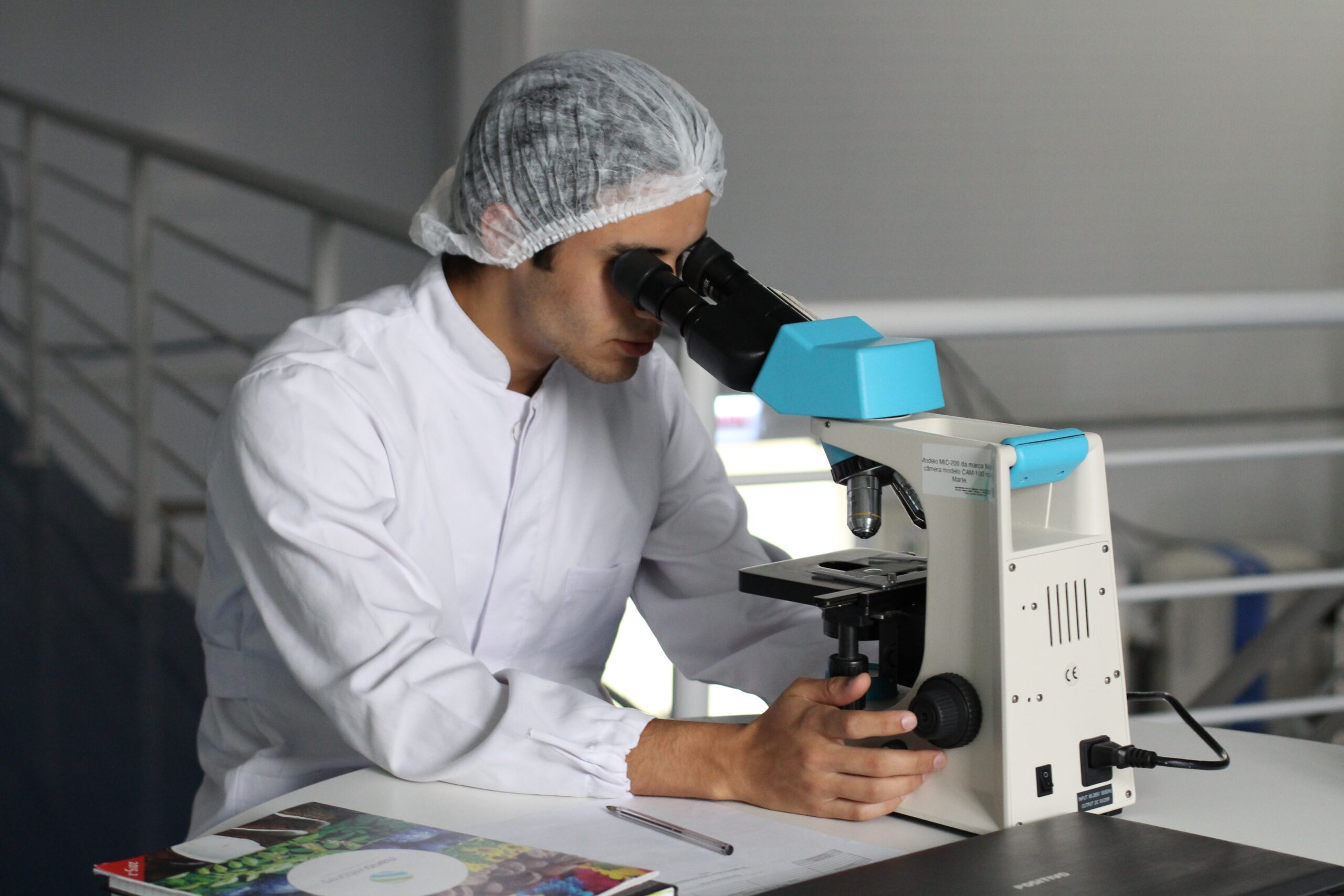- Home
- About The Firm
- Practice Areas
- Areas Served
- Resources
- Blog
- Contact Us


After years of ongoing litigation, the Supreme Court ruled on Amgen vs. Sanofi on May 18, 2023. The decision regarding a patent dispute over a cholesterol drug could have ramifications regarding future genus claims and patent law protection for medical and pharmaceutical research. The court’s statement about its decision addressed how specific the patent application must be to enjoy protection under United States patent laws.
Antibodies are a significant aspect of life-saving therapeutics and innovation; and genus claims are a foundation of patent protection in the biotechnology and pharmaceutical industries. The claims cover a group of related antibodies rather than one specific chain or chemical reaction. While genus claims are essential for protecting candidates participating in the studies and deterring competitors from using patented works, the court rejected Amgen’s claim over the entire genus of antibodies.
The court found that Amgen’s 2014 patent on a class of antibodies used to treat high cholesterol was insufficient and failed to meet the law’s standards regarding patent enablement. The United States Patent and Trademark Enablement Requirement addresses the basic information the applicant must provide about an invention for protection.
Amgen, Inc. is a pharmaceutical technology company that patented an antibody drug in 2011 to lower harmful cholesterol levels in the body. This specific type of cholesterol is responsible for causing heart attacks, stroke, and other cardiovascular diseases. Sanofi is another pharmaceutical research company that was researching similar antibody technology around the same time. Both companies patented similar antibody drugs, and each patent application described the antibodies by their unique amino acid sequence.
In 2014, Amgen filed additional patents for ownership of an entire genus of antibodies using “conservative substitution” to describe the technology used for the invention. The practice involves substituting one amino acid for another with similar chemical properties. Many pharmaceutical companies have used the method in recent years to broadly describe the technology and claim ownership and domination of the entire genus of antibodies.
The Patent Act of 1790 gives clear instructions about the information one must provide when they apply for federal patent protection. The patents must include enough information that others within the field could use the data after the patent’s expiration date for similar products to benefit the public.
After the protection period expires on pharmaceutical patents, the government releases the information to the public for study and to create similar medicines. There would be no reason for the government to protect patents that do not contribute to the advancement of society.
The Supreme Court ruling will make it challenging for pharmaceutical companies to monopolize a broad area of research under a loosely defined patent in the future. Further, the decision shines a light on the way the companies use conservative substitution as a technique to control an area of research without meeting the U.S. patent law requirements.
However, the court leaves the door open for genus claims that meet the law’s minimum standards. While patent law aims to give inventors exclusive rights to their creations, the rules are also meant to promote and advance the progress of science and society.
Anyone with questions about patents, especially those concerning genus claims, should reach out to Lomnitzer Law for a consultation.